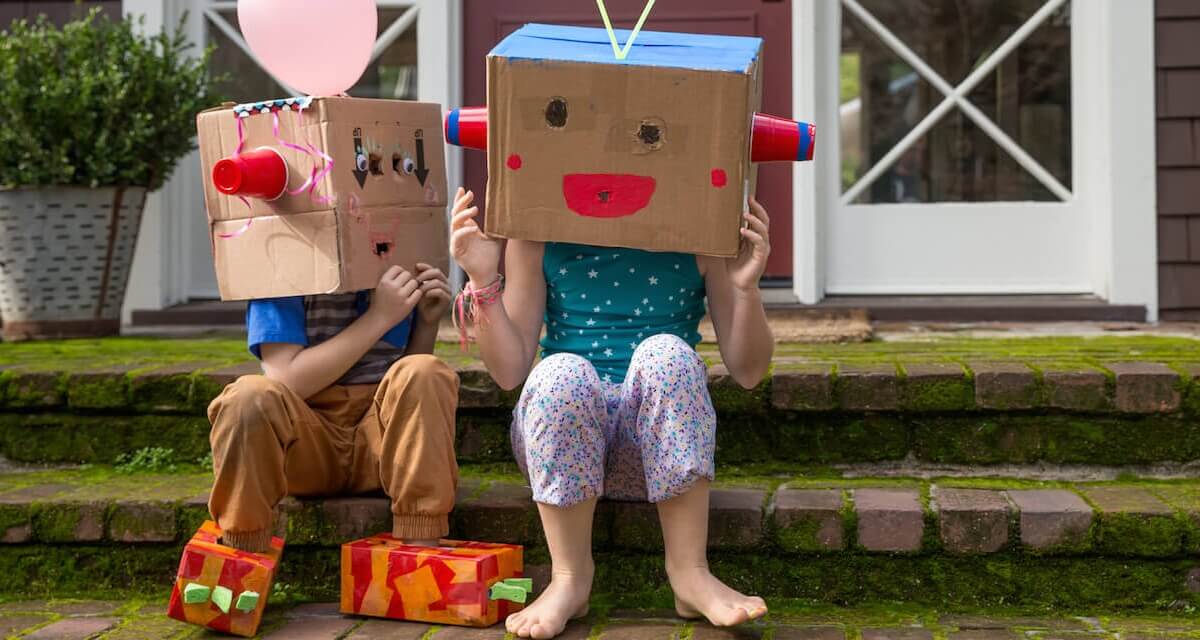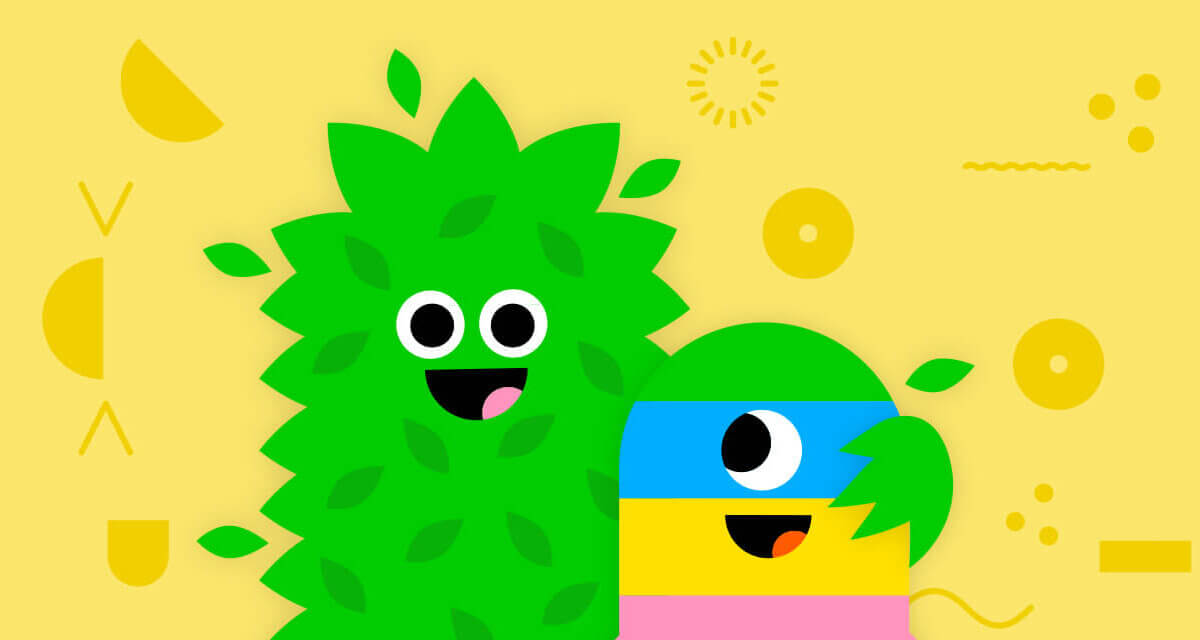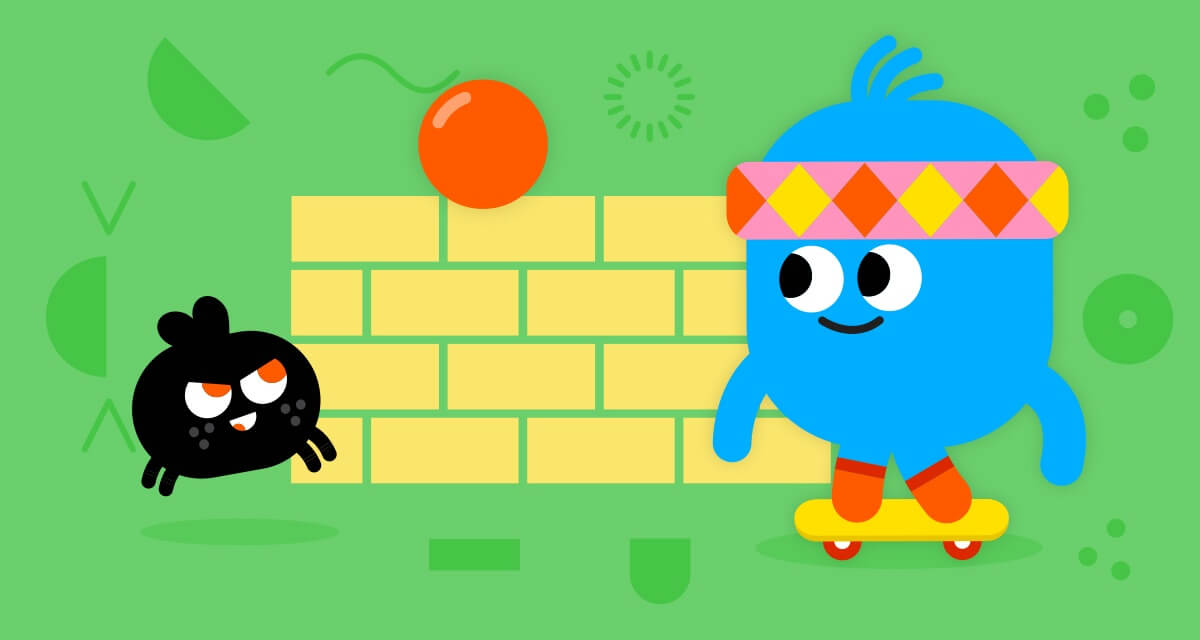There are many reasons some kids aren't playful; we explore several of them.
- By
- Parker Barry
Playful kids are spontaneous and creative. They tend to be present-oriented and spirited, and they engage in their worlds without a particular goal in mind. Playful children simply like to play more than many of their peers. Playfulness is often associated with being happy, imaginative, lighthearted and free.
There is a consensus among prominent childhood experts that playfulness is a positive trait that leads to a sense of happiness and joy. The opportunity to play freely, or playfulness, contributes to psychological health, learning and a richer life.
Stuart Brown describes how playfulness can lift people out of the mundane. David Elkind explains the ways that playfulness can lead to a sense of flow where there is no worry of failure and the activity becomes an end in itself. Peter Gray characterizes playfulness as a natural means for the self-education of children.
Some tots are more serious than playful
But not every child is playful by nature. Many infants and toddlers are downright serious. Long before life circumstances and stressors may have altered their perceptions of the world, these children may be restrained in their play.
These observations contrast with the view that playfulness is the natural state of children. So how do we begin to understand children who aren’t particularly playful? Can we help them become more so?
Reasons some kids aren’t playful
There are a variety of reasons for a child not to exhibit playfulness, including biological and genetic factors, environmental stressors, parental modeling and cultural constraints.
- Temperament. There are compelling data that many children have born-with tendencies for emotional reactivity, referred to as temperaments, that are not conducive to playfulness. In particular, the frequently identified temperament of “experiencing negative emotions” is contradictory to playfulness. Infants and toddlers with this type of temperament, sometimes described as “neuroticism” or “harm avoidance,” may be less likely to take risks and be spontaneous in their play.
- Autism and other biologically based difficulties. Biologically based psychological and emotional difficulties such as Autism Spectrum Disorder may also contribute to a lack of playfulness in infants, toddlers and kids. Kids who are affected by autism may have problems including others in an activity, struggle to make eye contact and develop social skills, or get stuck in routines and sameness, a direct contrast to some of the core characteristics of playfulness. Their play is often characterized as solitary, repetitive and focused on a limited number of toys. It often lacks the imaginative, “what if” quality seen in the activities of playful children. Conversely, children who display early signs of Attention-Deficit/Hyperactivity Disorder (ADHD) may lack some inhibitory controls but be quite playful, taking risks and being rambunctious playmates.
- Very serious parents. Parents who are very serious themselves may not encourage playfulness in their children. While parents should not be their kids’ only playmates, they are generally the first and primary playmates for infants and young toddlers. Serious parents can modify their play to become more fun-loving and also make an effort to introduce their children to same-age, playful peers.
- Life events. Life events can also impact the level of playfulness that a child might display. Family stress, trauma and poverty can dramatically reduce a child’s capacity for playfulness. Family stress can affect a parent’s ability to marshal the psychological energy to play with his child, and kids have a remarkable ability to internalize stress and conflict that they might experience at home. Kids need a sense of security fully to express their feelings and freely engage in their worlds. Poverty can even make it difficult to find a suitable place to play and make it challenging for caretakers to find the time or money to encourage playfulness.
- Cultural issues. Cultural issues can also contribute to the levels of playfulness in children. Some 21st-century parents appear to be obsessed with getting their preschoolers into Harvard, resulting in very little time for play. Toddlers in these homes are busy being drilled in learning the letters and colors by age 2 rather than playfully getting dirty in a sandbox or stretching their imaginations in dress-up play. Once in school there is less time for recess and free play than in the past, and the demands of standardized testing make teachers and school administrators skeptical about allowing more play opportunities.
- Safety concerns. Another common issue in today’s world is the restrictiveness of play activities for children due to safety concerns. Many kids are not let out of their homes due to fears of kidnapping or child abuse. While these are real concerns, the likelihood of them occurring is miniscule. Many kids no longer know what it is to go out and play with the neighbors, make up their own games or modify classic games such as tag or hopscotch. This overemphasis on school and safety severely restricts the level of playfulness that is observed in many kids today.
Finding the joy in play
Fortunately, simple strategies that seek to help kids feel more secure and provide them with tools and toys for spontaneous play and opportunities to play with other kids who can model playfulness can assist them in finding the joy in play. Well-adjusted, competent kids learn skills for self-control, flexible thinking and empathy that are enhanced by their capacity for playfulness. They also learn to balance their time and energy for play and learning. Healthy kids show traits beyond playfulness. Unfortunately, the pendulum has swung so far in the direction of achievement and work that we are forgetting to encourage uninhibited play.
So for both kids and adults, it’s time to be more playful!






